Brief Introduction About Chinese Bagua Culture

The Chinese culture is rich and diverse, and one of the most fascinating aspects of it is the art of divination. One of the most well-known divination methods in China is the Eight Trigrams or Bagua. This ancient system of divination has a long and complex history, and it is still widely used today. In this blog post, we will explore the history and cultural significance of the Chinese Eight Trigrams.
History
- The Eight Trigrams are believed to have originated from the legendary Chinese emperor Fu Xi, who lived around 2800 BCE. According to legend, Fu Xi was inspired by observing the patterns on the shell of a tortoise and the markings on a dragon's body. He then created the Eight Trigrams as a way to represent the fundamental principles of the universe.
- Over time, the Eight Trigrams became an integral part of Chinese philosophy and culture. They were used in various fields such as medicine, music, architecture, and martial arts. The Eight Trigrams were also incorporated into the I Ching or Book of Changes, which is one of the most important texts in Chinese philosophy.

Meaning
- The Eight Trigrams consist of eight different combinations of three lines, either solid or broken. Each combination represents a different concept or principle, and each has a corresponding name and image. The eight trigrams are:
1. Qian (Heaven)
2. Kun (Earth)
3. Zhen (Thunder)
4. Xun (Wind)
5. Kan (Water)
6. Li (Fire)
7. Gen (Mountain)
8. Dui (Lake)
- Each trigram has its own unique characteristics and symbolism. For example, Qian represents strength and creativity, while Kun represents nurturing and stability. The trigrams can be combined to form 64 hexagrams, which are used in divination.

Usage
- The Eight Trigrams are used for divination, which is the practice of seeking knowledge of the future or unknown by supernatural means. In Chinese culture, divination is often used to make important decisions such as choosing a spouse, starting a business, or seeking medical treatment.
- The most common method of using the Eight Trigrams for divination is by casting yarrow stalks or coins. The process involves asking a question, casting the yarrow stalks or coins, and interpreting the resulting hexagram. The interpretation is based on the principles and symbolism of the trigrams.
Cultural Significance
- The Eight Trigrams have a deep cultural significance in China. They are not only used for divination but also for decoration and symbolism. The trigrams are often found on various objects such as pottery, furniture, and clothing.
- In addition, the Eight Trigrams are also incorporated into various martial arts practices such as Tai Chi and Baguazhang. These practices use the principles of the trigrams to enhance physical and mental health.
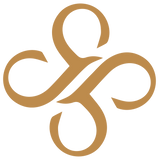



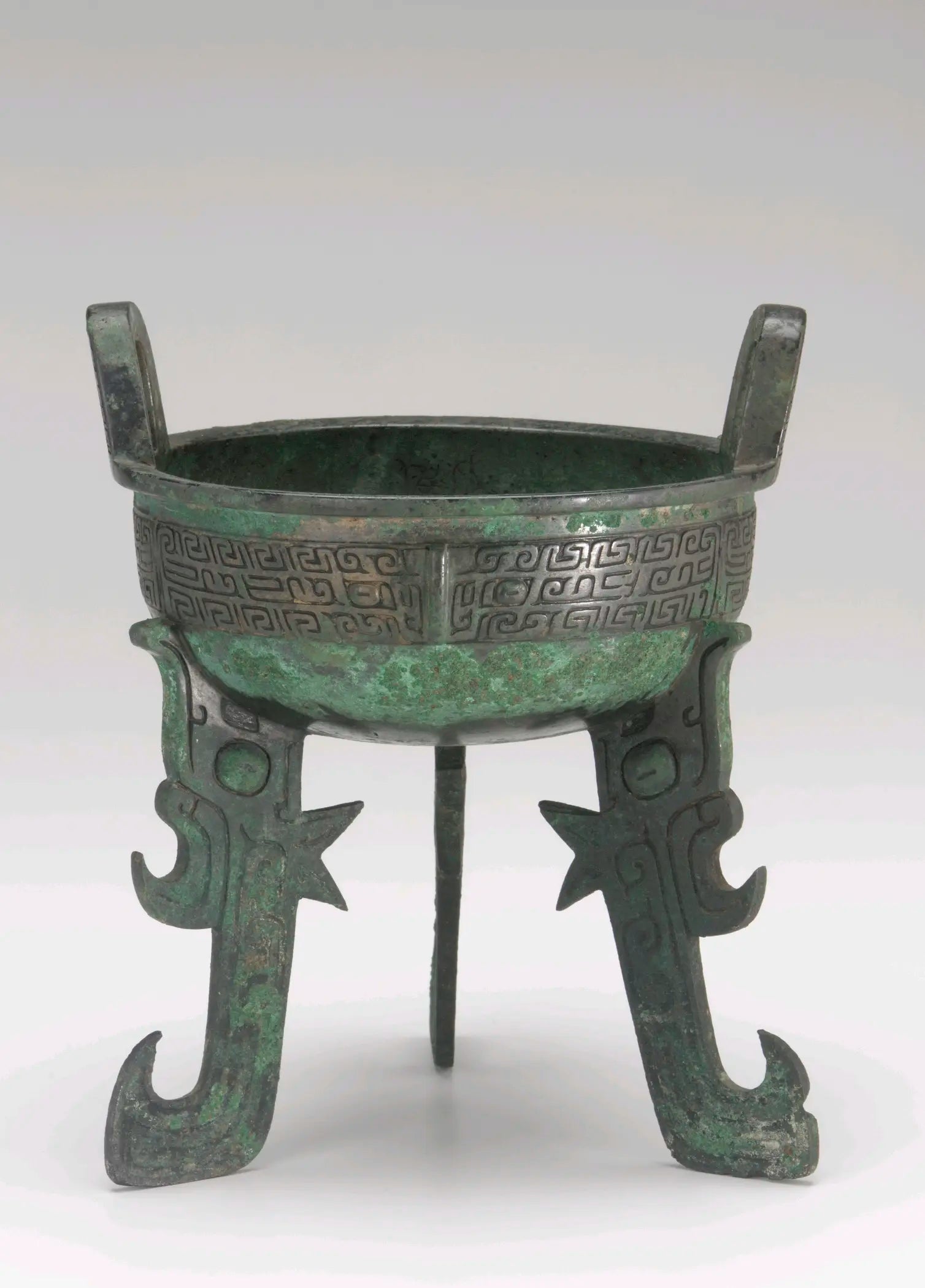
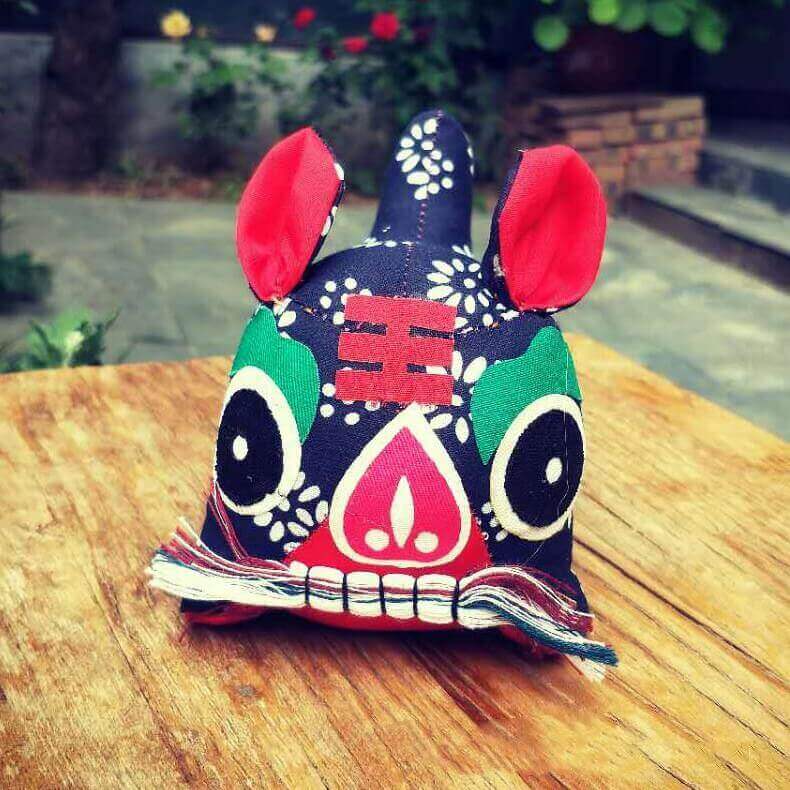


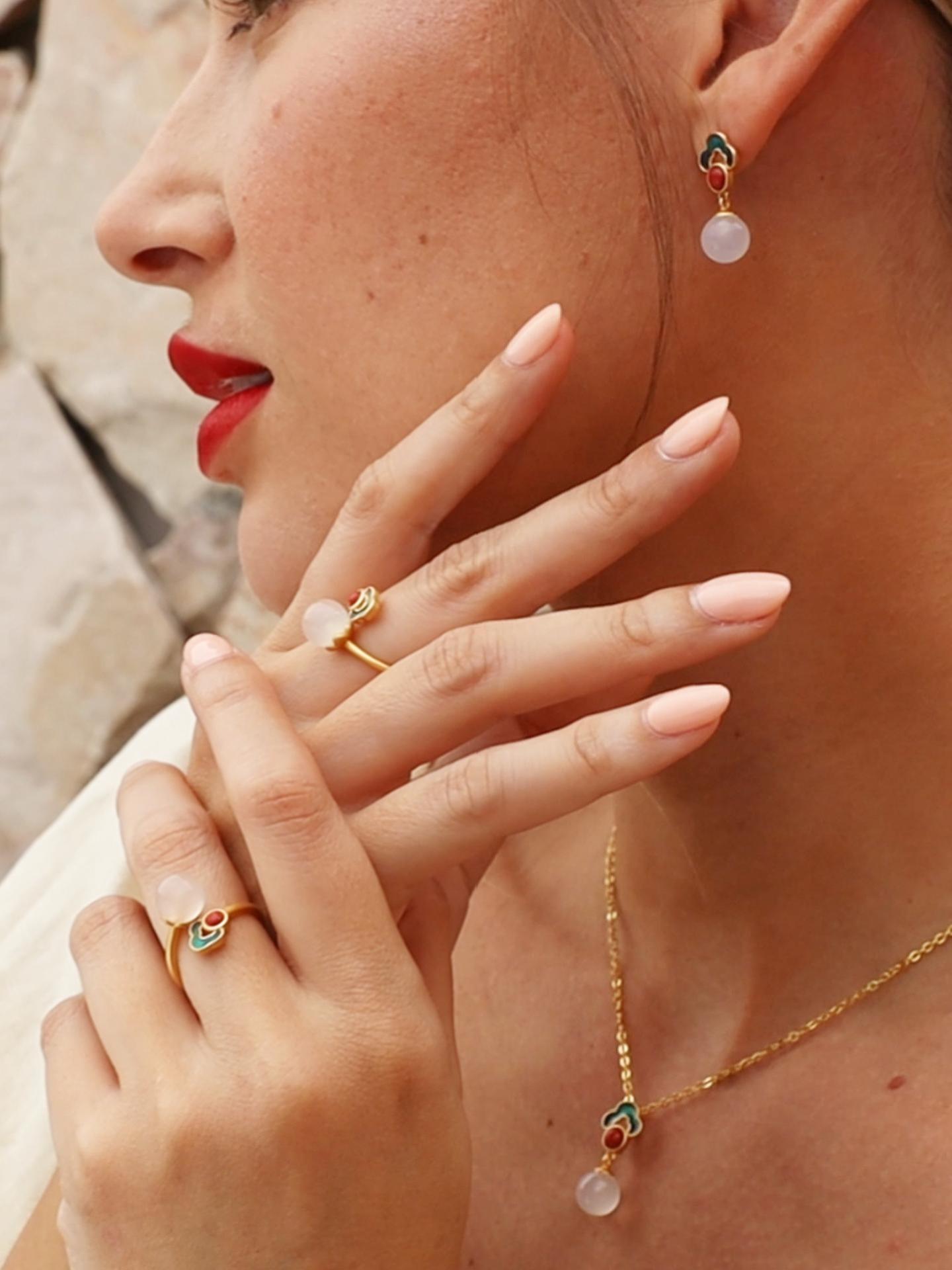
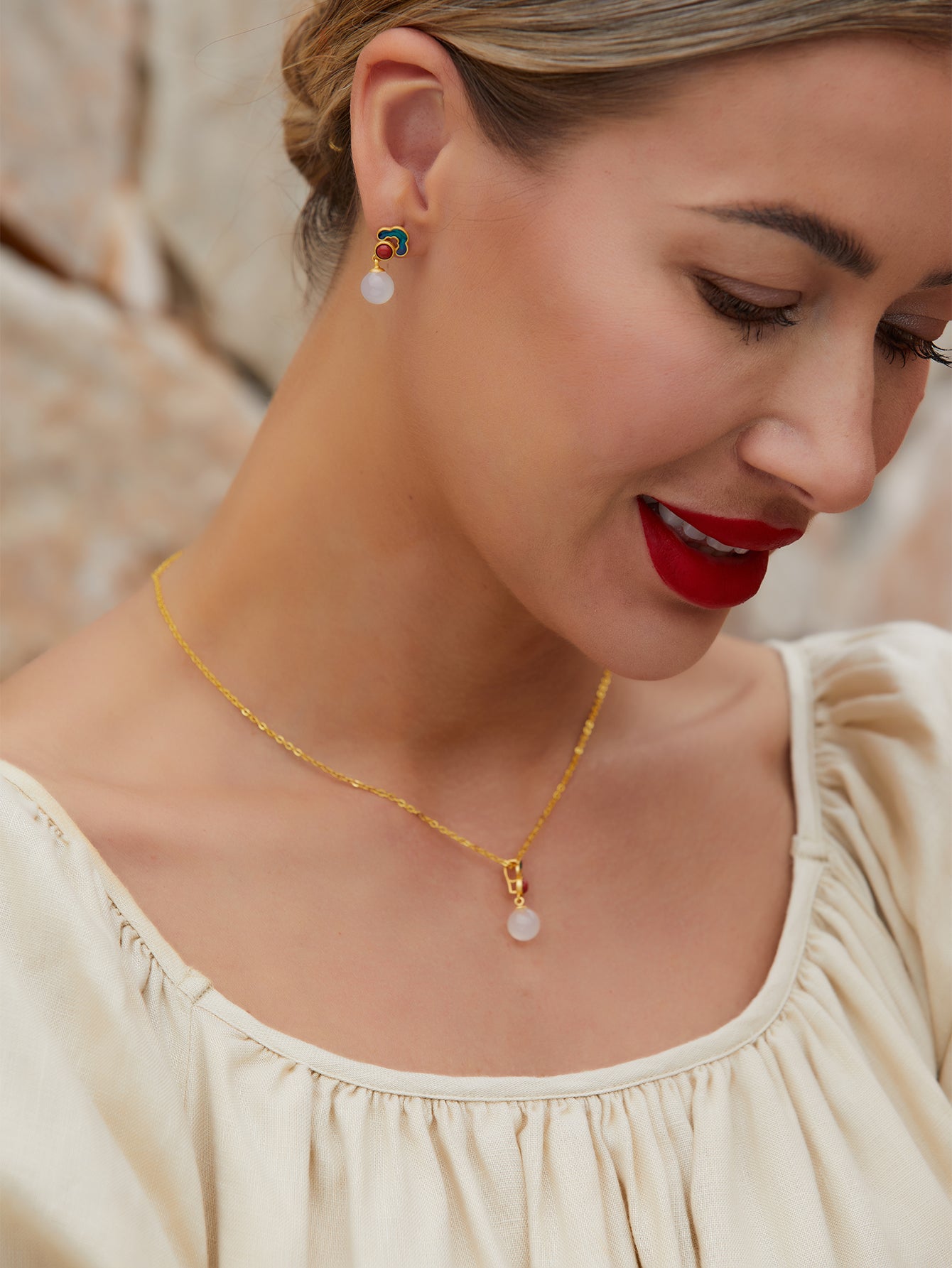


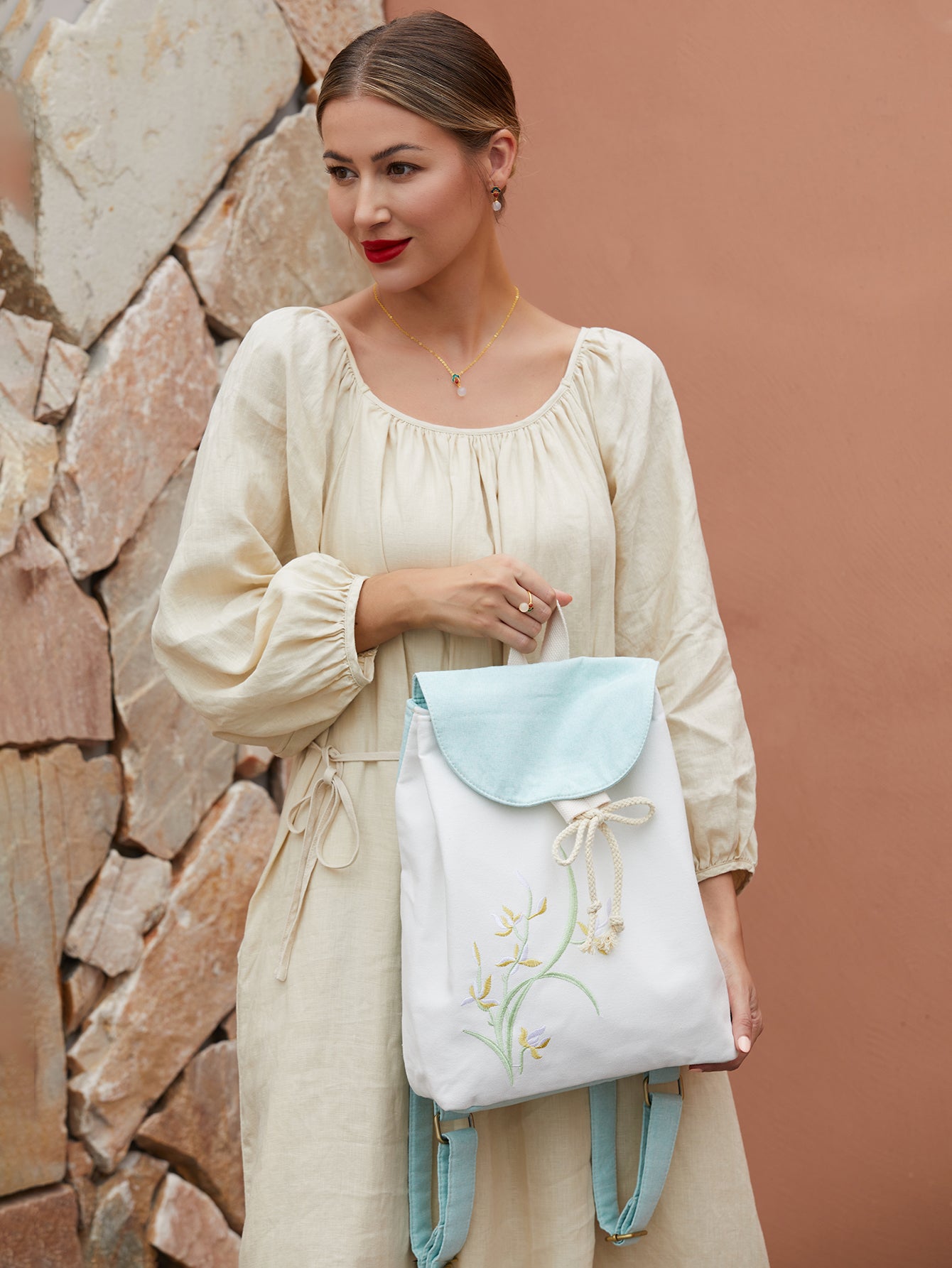









Leave a comment